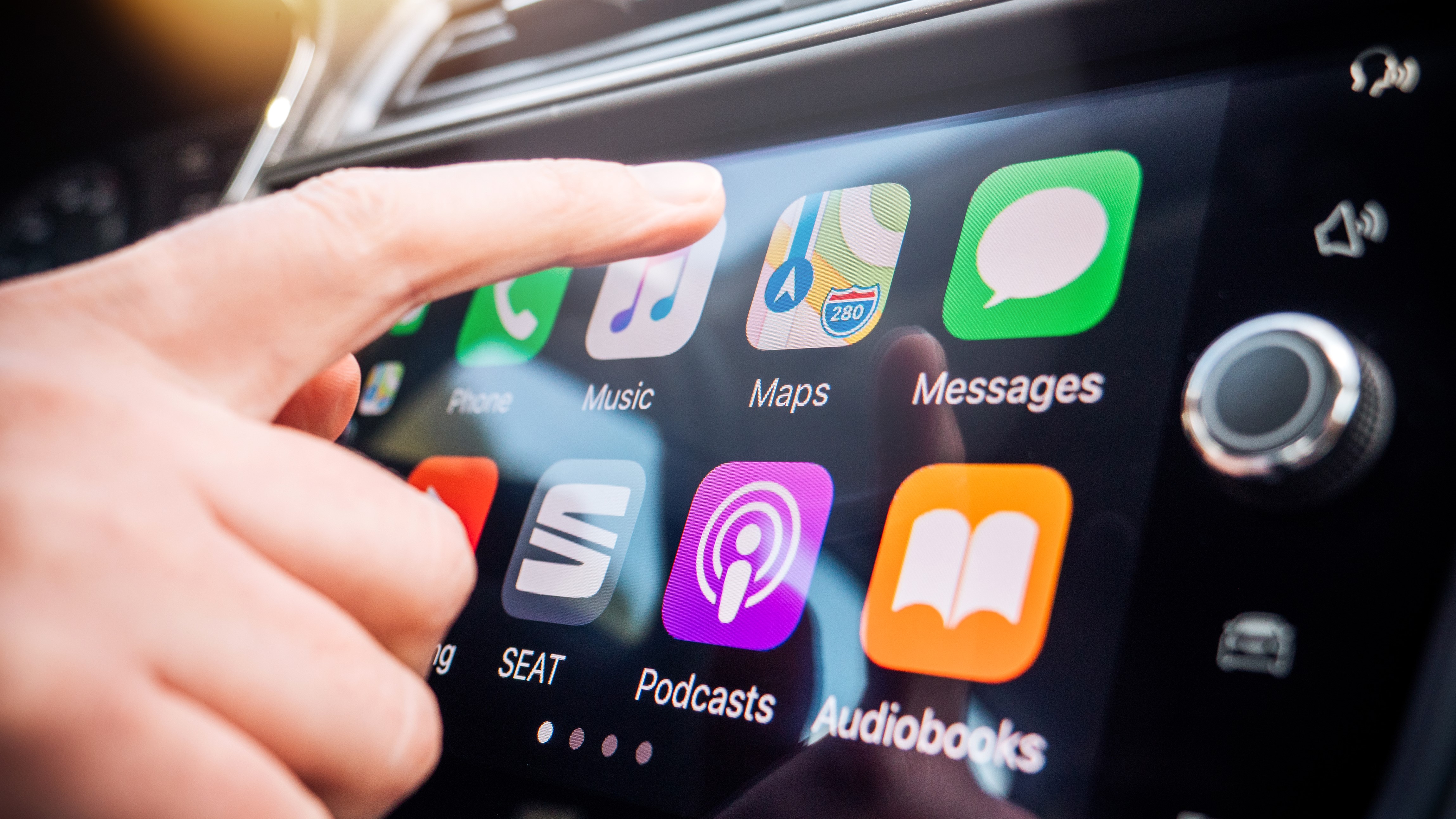15 water saving tips to lower your bill
Here’s how to save water and reduce your bills
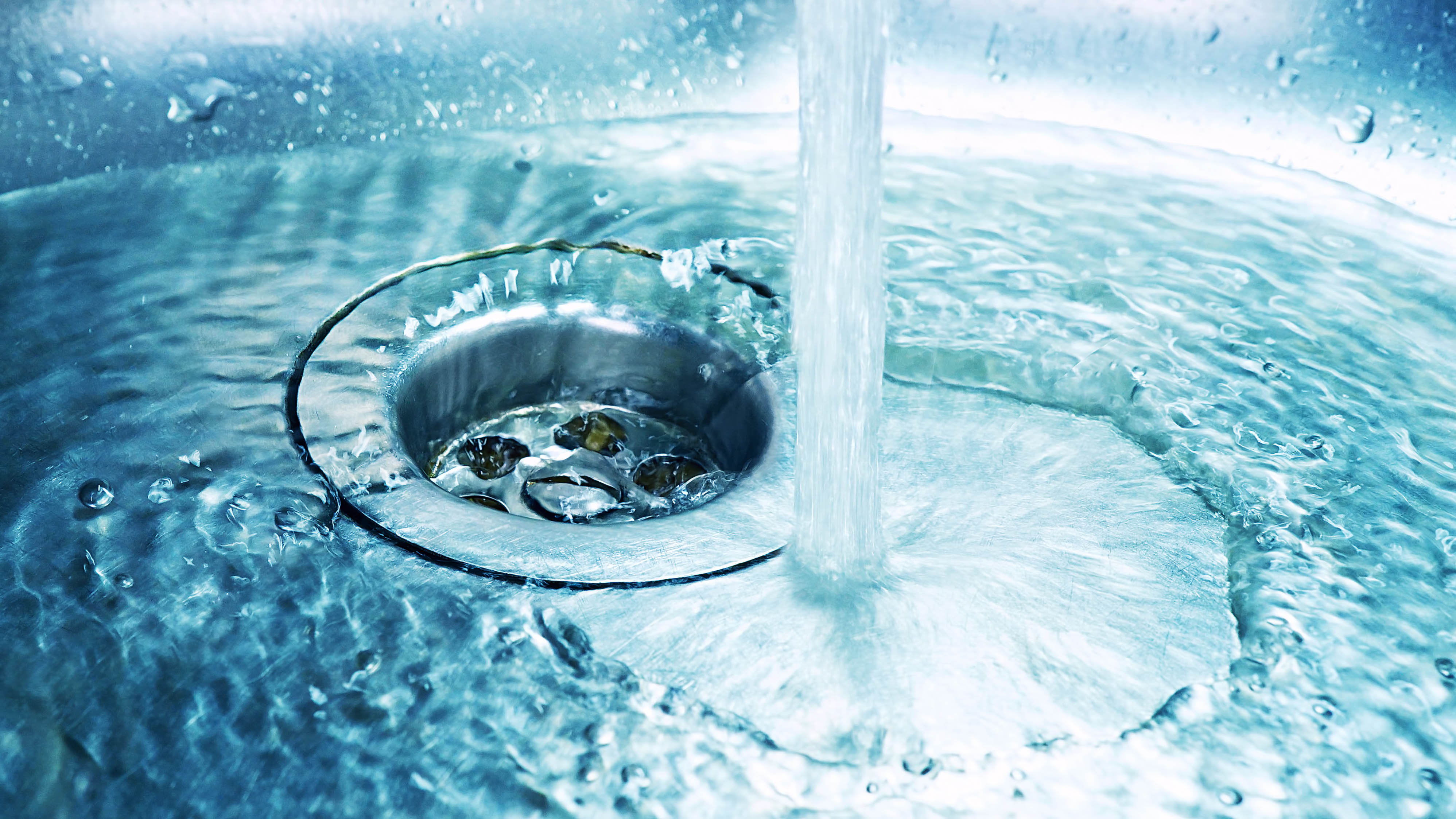
With the cost of everyday living going up, more and more of us are looking for ways to save on our bills. As well as reducing energy usage, saving on water consumption is another quick way to cut the costs. That’s why we’ve pulled together these 15 tips to better conserve water at home.
The good news is that each of these tips are small changes which can make a big difference in the long run. Not only will implementing these reduce your bills, you will be doing the environment a favor as well, so there’s little reason to argue against them. Here are 15 ways to save water at home.
And if you want to maintain a warm house this winter, here's how to save money on your heating bills.
1. Don’t leave the tap running when you’re not using it
This goes for everyday tasks, such as brushing your teeth, shaving or even washing your hands. Water is quickly wasted down the drain while it flows, so make the effort to switch off the faucet when it’s not in use — even if it is just for a few seconds.
2. Only use your washer and dishwasher when they’re fully loaded
Each cycle in these appliances uses a set amount of water. If you take advantage of the full capacity of your washer or dryer, you will inevitably save on the water used to run the additional cycles. If you’re worried the dishwasher won’t run properly when it’s filled to the brim, here’s how to load a dishwasher the right way.
3. Take advantage of the eco setting
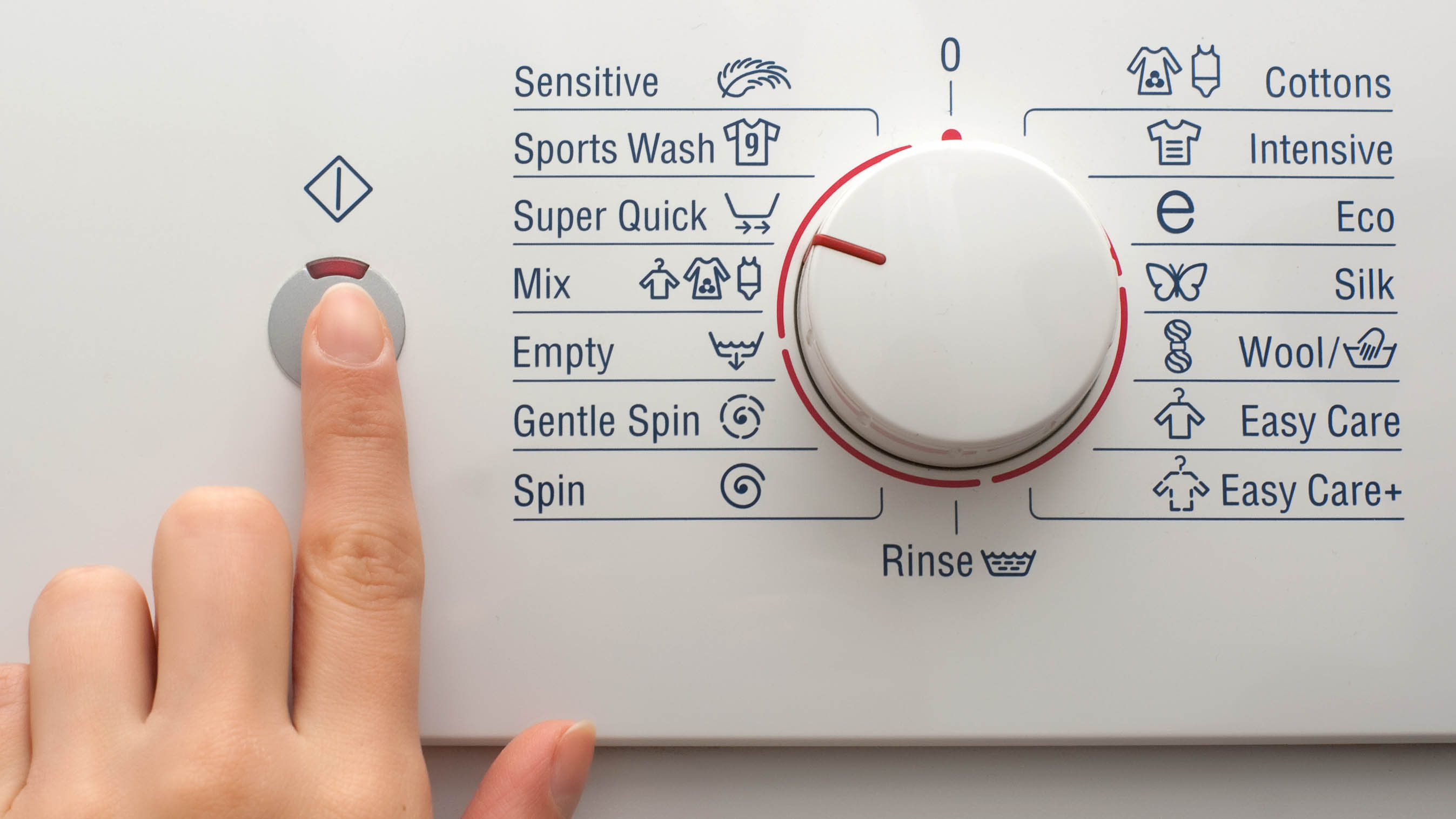
Many of the best dishwashers and best washing machines have eco modes, so make sure you use them. This will lower both the water and electricity consumption, while still running a thorough wash cycle. If your appliance doesn’t come with an eco setting, use the shorter quick wash cycles as these too will reduce the consumption.
4. Wash clothes only when necessary
When throwing your clothes into the laundry hamper, consider if they really need washing. Most of us will wash clothes on a daily basis without checking if it’s necessary. While undergarments need to be cleaned regularly, don’t be afraid to extend the wear of t-shirts, jeans and sweaters.
Sign up to get the BEST of Tom's Guide direct to your inbox.
Get instant access to breaking news, the hottest reviews, great deals and helpful tips.
5. Stick to short showers rather than baths
The amount of water you use when washing yourself depends on a lot of variables. While taking a bath will usually use more water than the shower, someone taking a shallow bath will naturally use less water than someone taking a long shower. Stick to short showers, ideally 10 minutes or less, to save on water.
6. Repair any leaks as soon as you can
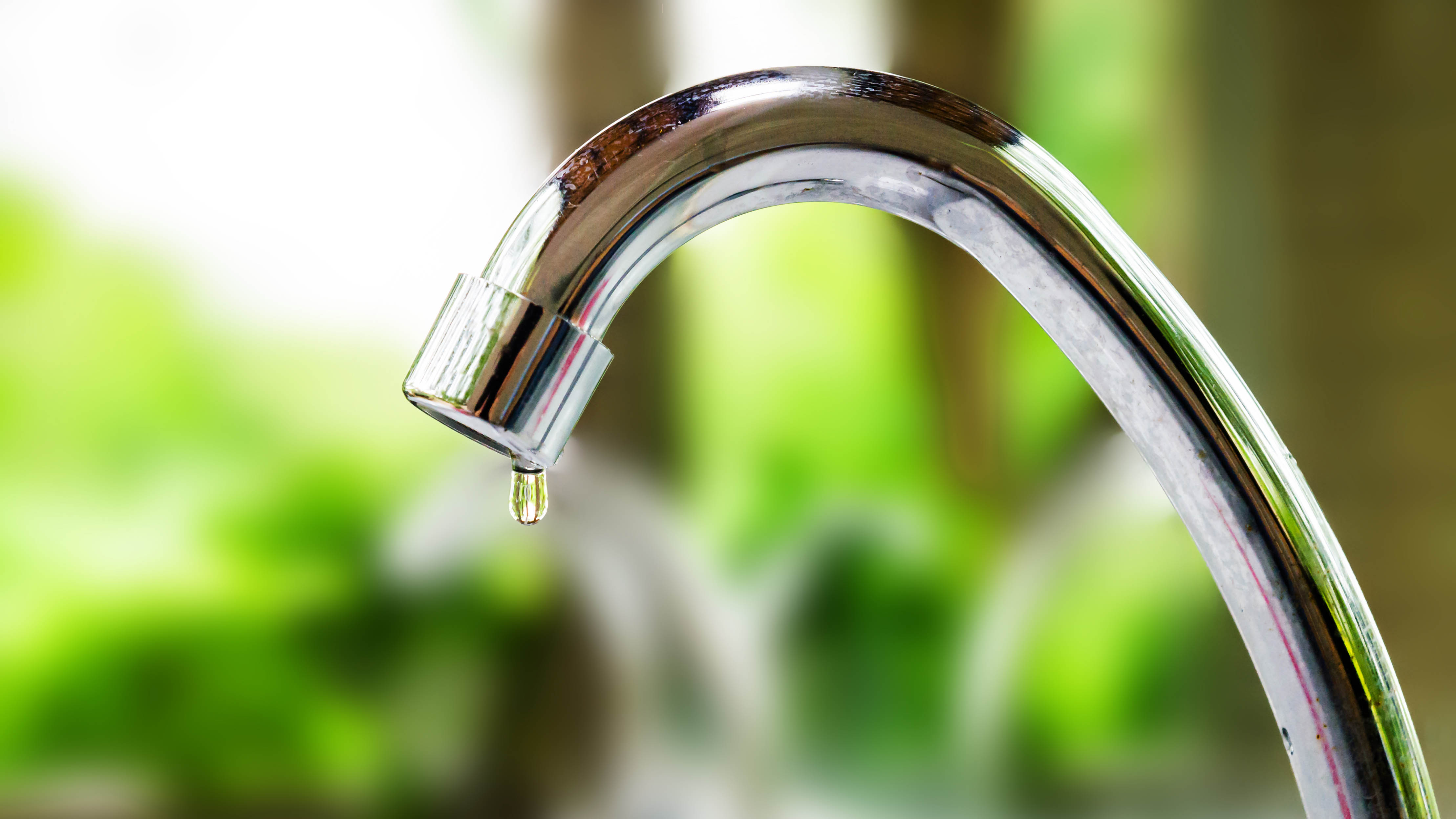
If you’ve noticed any leaks around your home, be it from faucets or pipes, make sure you get it repaired immediately. Depending on how regularly it drips, if left unresolved, a leak can waste gallons of water in a matter of days. Use one of the best water leak detectors to keep on top of this. If you want to attempt a repair yourself, here’s how to fix a leaky bathtub faucet.
7. Install a low-flow showerhead
Low-flow showerheads release water more slowly as you wash. This means you can save on water even if you spend the same amount of time in the shower. We recommend High Sierra's All Metal 1.5 GPM High Efficiency Low Flow Showerhead ($39.95, Amazon).
8. Install a low-flow or dual flush toilet
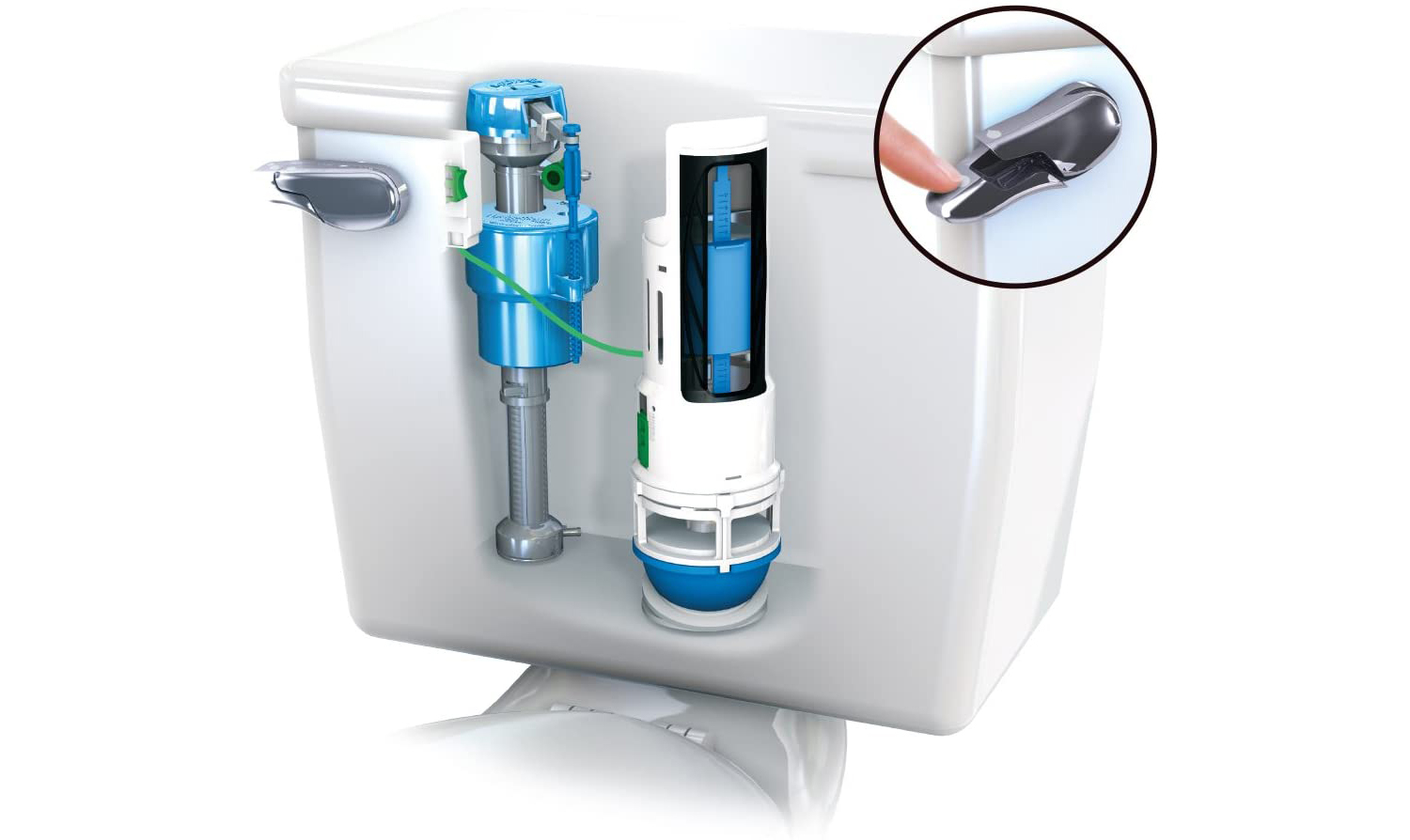
Similar to the low-flow showerhead, you can also install a low-flow or dual flush toilet. These use less water per flush to save on consumption. A dual-flush toilet has two flush modes, so if you don't have as much to go down the drain, you don't have to use as much water.
What's more, dual-flush toilet kits are fairly inexpensive, and can be installed very easily. This Danco dual-flush toilet kit, for instance, only costs $25 on Amazon.
9. Only flush water when you need to
If you’re in the habit of chucking rogue tissues into the toilet and then flushing them down immediately, try to break that habit. Each flush uses about 1.6 gallons of water, which is wasted in this circumstance. If it’s not gross to look at, leave rogue tissues in there until someone next uses the bathroom.
10. Don’t wash dishes in running water
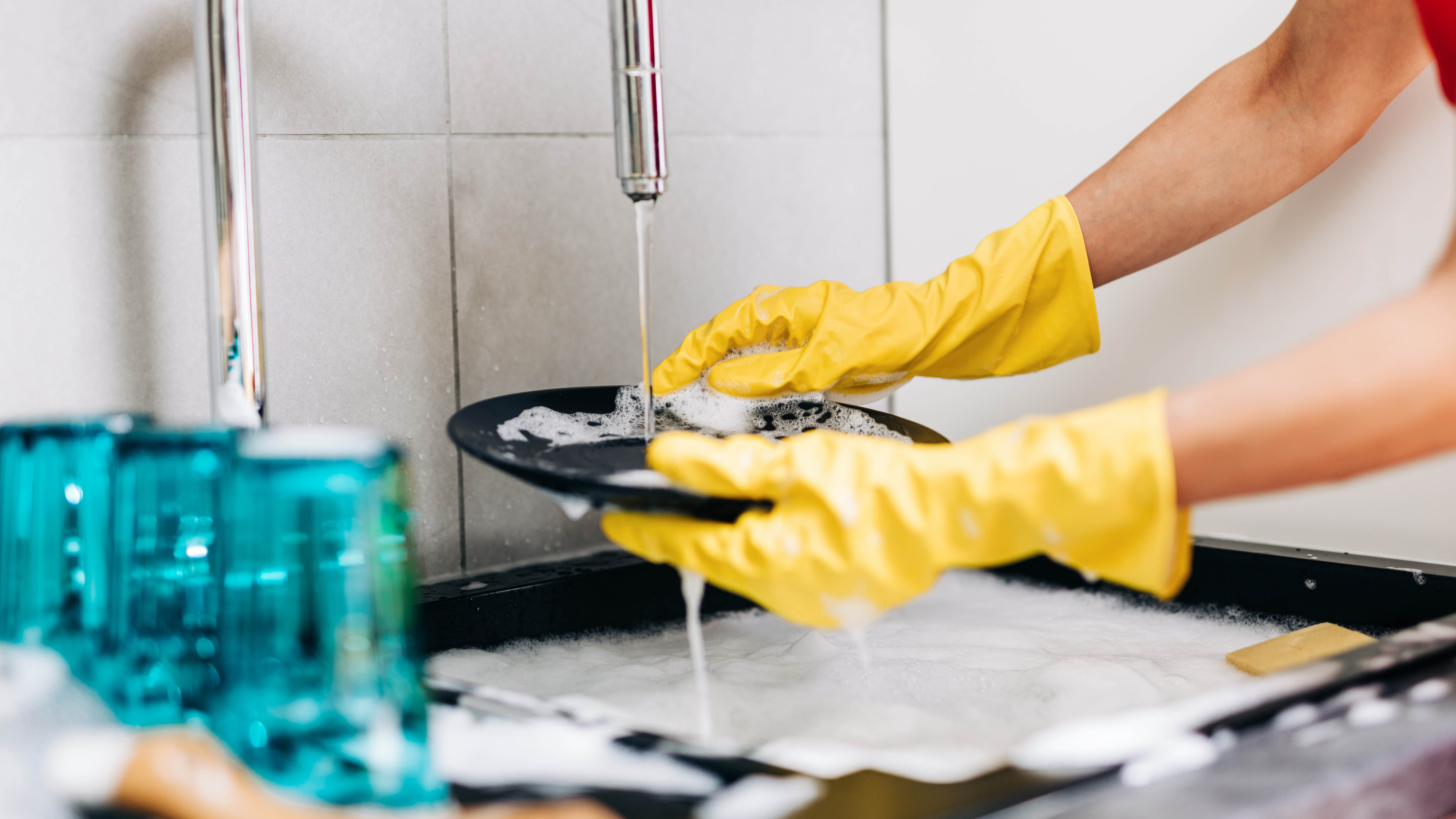
If you wash your dishes by hand, try not to leave the water running as you do so. Make use of two sinks by filling one with soapy water and one with rinsing water. If you only have one sink, fill it with soapy water and then rinse with quick, short blasts of water from the faucet.
11. Keep a bottle of water in the fridge
Lots of us will leave the faucet running until it reaches a nice, icy temperature. But, you can save all that wasted water if you keep a bottle of drinking water in the fridge — simple!
12. Use a compost bin rather than the garbage disposal
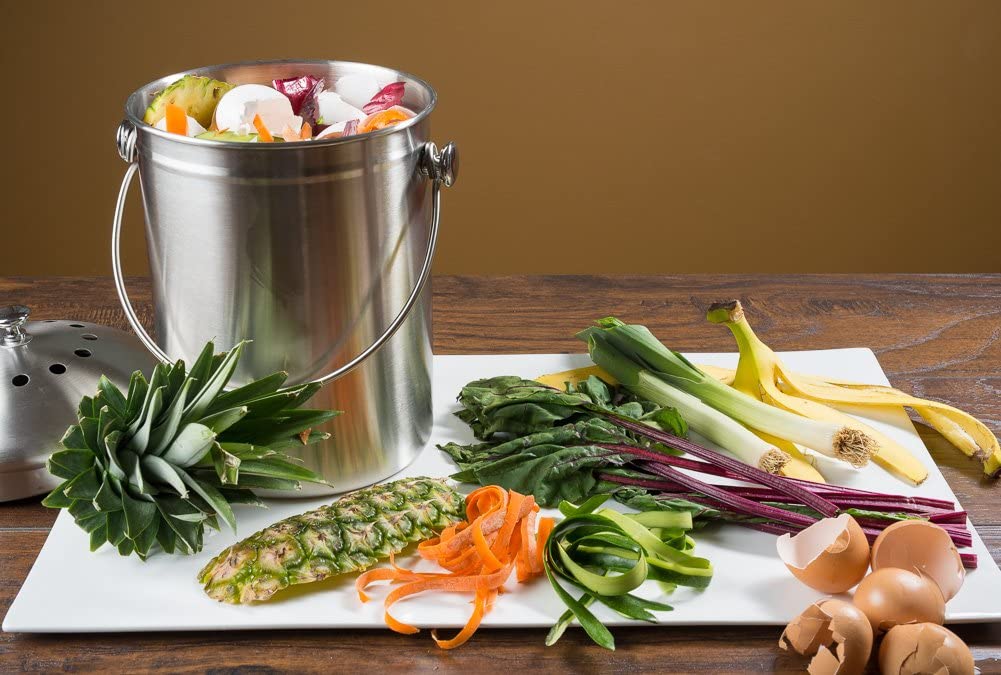
Using a garbage disposal unit can actually waste a lot of water because it needs running water to work. Instead, throw any food waste into the compost heap; not only will it save you water, but it'll vastly improve your garden soil. Some find it convenient to have a small compost bin next to their sink, and then dump it in an outdoor compost heap when it gets full. One popular model on Amazon is the Epica stainless steel compost bin ($29, Amazon), which comes with a charcoal filter to keep the smell down.
13. Don’t overwater your lawn
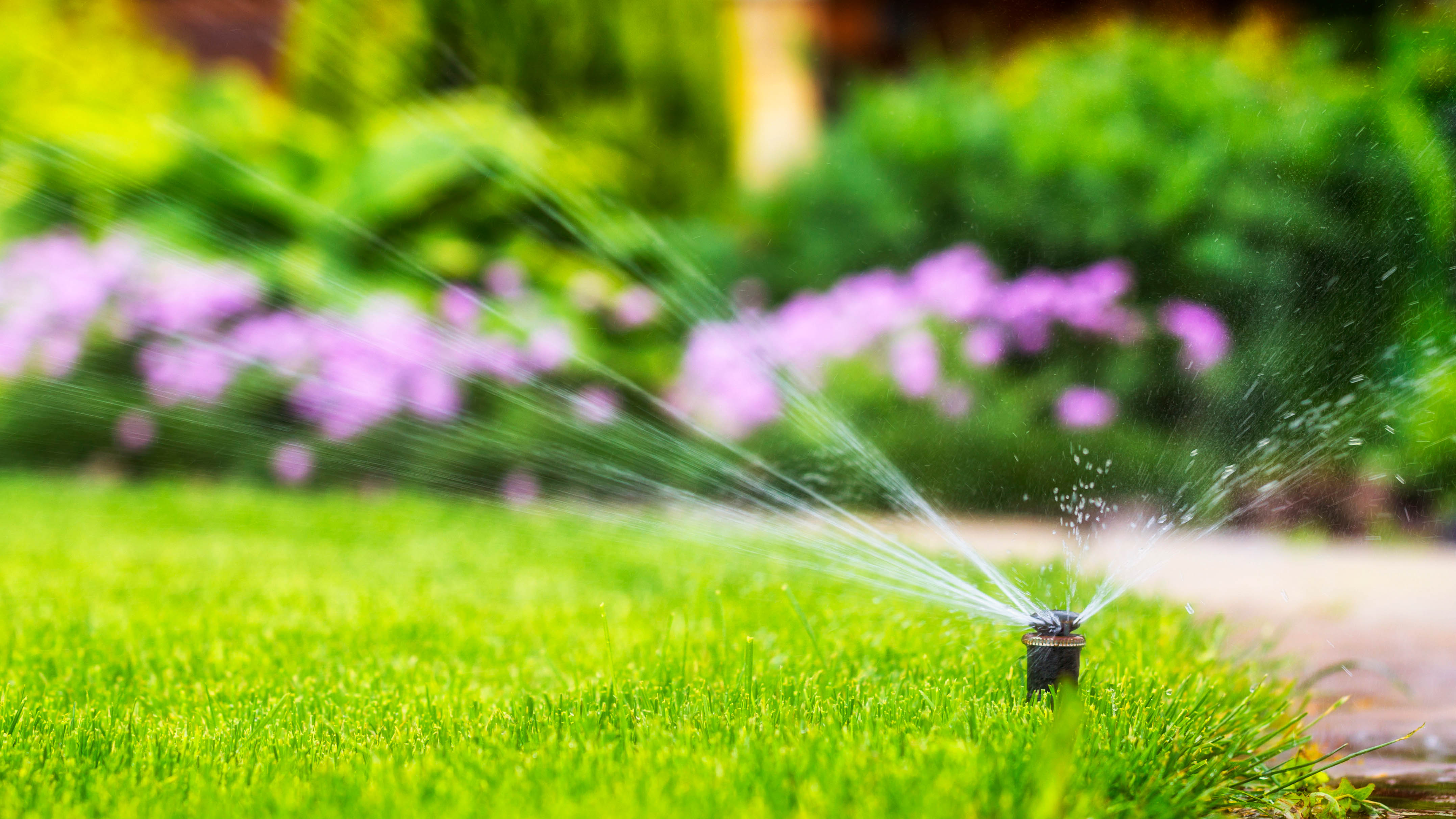
Before you leave watering your lawn down to routine, check its condition first to see if it actually needs it. Take a screwdriver and press it into the ground — if this is easy, it’s got enough water. If you have an irrigation system, you could also consider installing a rain sensor, so it can better predict when the lawn needs water. The Rachio 3 smart sprinkler controller ($189, Amazon) connects to the cloud and looks at local weather reports to know when to turn your sprinklers on and off.
14. Replace your grass with less water-hungry plants
If you want to really cut down on your watering, then replace your lawn with drought-resistant plants. So-called xeriscaping can reduce water consumption by as much as 50 percent, through the use of succulents, shrubs, flowers, and ornamental grasses. Best of all: You won't have to mow it!
15. Use a rain barrel
Don’t waste rain water — take advantage of it using a rain barrel. This will collect the excess water from your gutters which you can then reuse in your garden. We recommend the Good Ideas Rain Wizard 50 Gallon Plastic Rain Barrel Water Collector ($139.99, Amazon).

Katie Mortram used to be a Homes Editor for Tom's Guide, where she oversaw everything from kitchen appliances to gardening tools, as well as smart home tech. Specializing in providing expert advice for cleaning and home manintenance, she now works as Household Advice Editor for Good Housekeeping.
